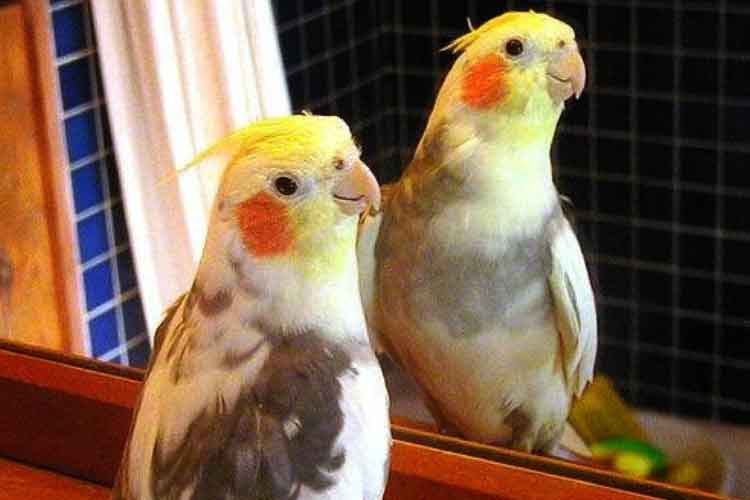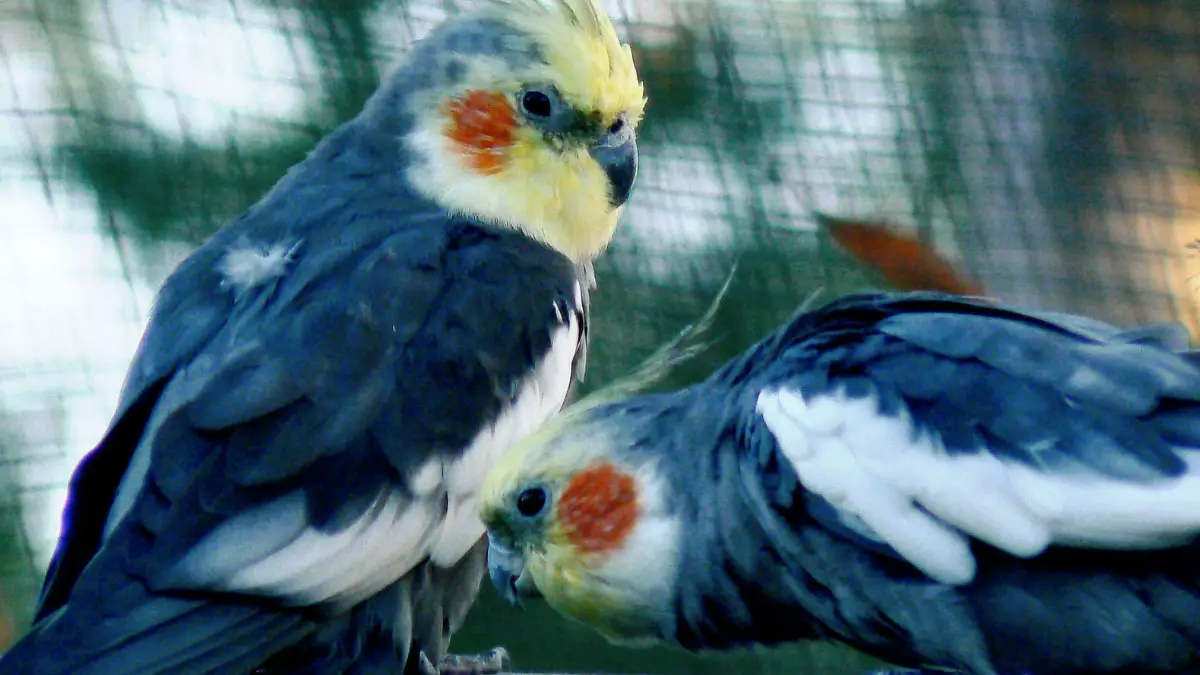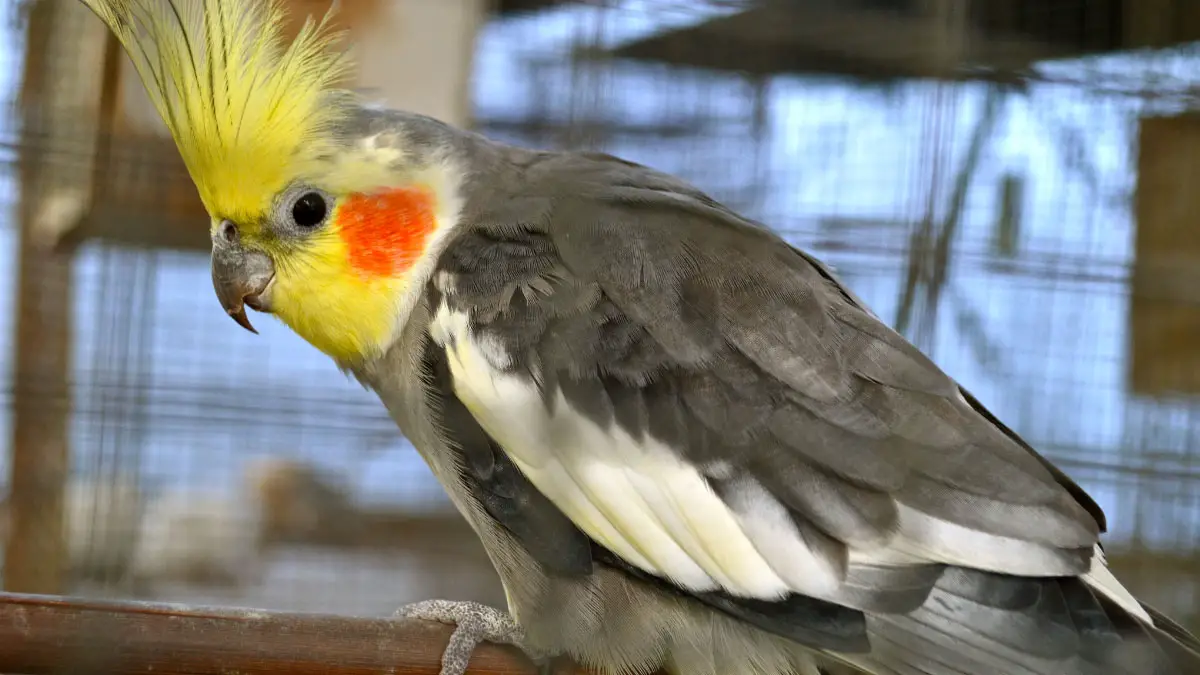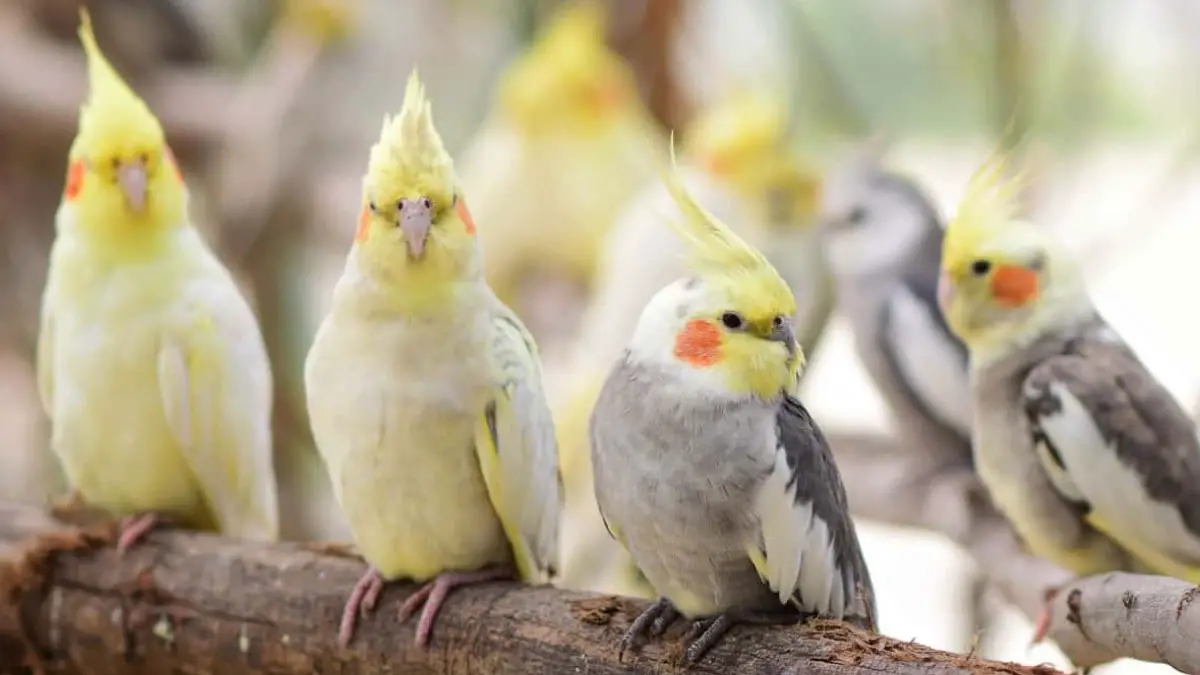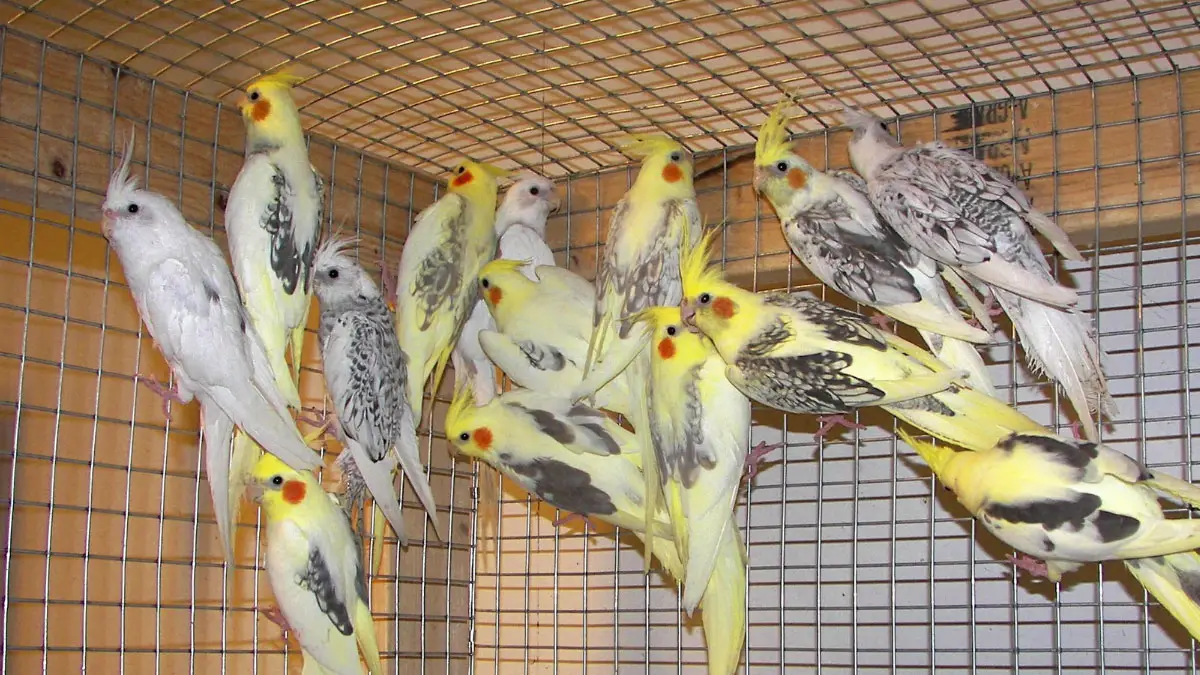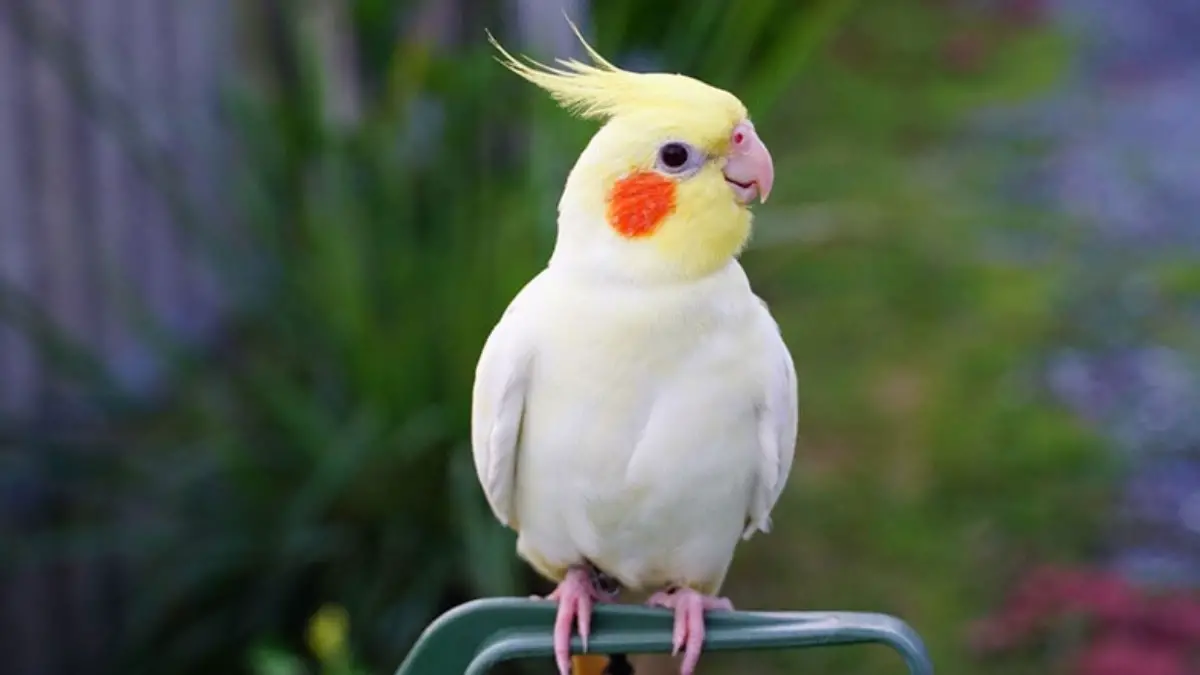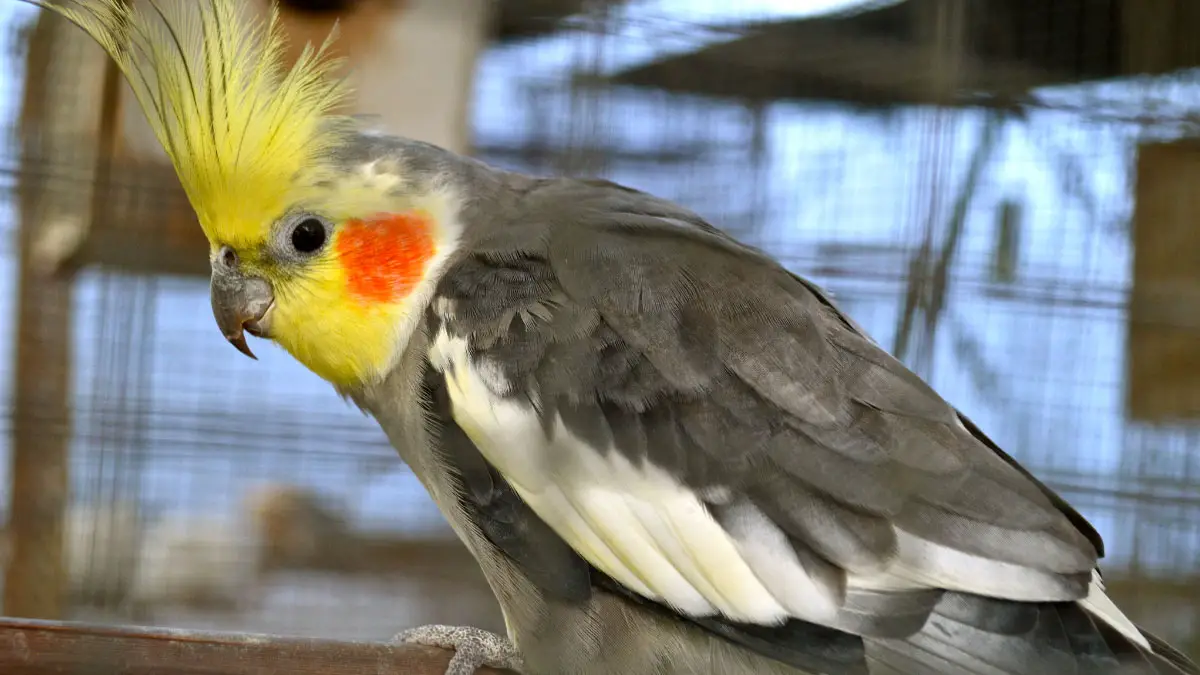Pest Infestation is a nightmare most avian pet owners face occasionally. These pests include mites and lice, which affect the bird’s physical and psychological health. Cockatiels are some affected birds, making their owners wonder how they can identify these infestations.
So, how do you identify cockatiel mites and lice? One way owners identify mites and lice is by how the birds scratch frequently. Other signs include scaly skin, excessive preening, sneezing, and feather loss. While some infestations are easier to remedy at home, it’s best to take your pet to an avian vet.
Some infestations can cause damage to your pet’s health and sometimes result in their death. Read more to learn ways to identify and treat mites and lice infestation in cockatiels.
Which Types of Mites and Lice Do Cockatiels Get?
In a world with over 48,000 mite species and nearly 5,000 species of lice, few of them infest our feathered friends. Their main aim is to feed on blood for sustenance and multiply under the host’s provision. Some live on the bird, while others hide in the nesting area and cage crevices when not feeding on your pet.
Avian mites are small and almost one millimeter in length. They are reddish when fed on blood and semitransparent when empty. Mites burrow on the host’s skin, beak, feathers, and feet, which makes them appear crusty. Cockatiels mites include the scaly face, feather mites, and sternostoma tracheacolum, or air sac mites
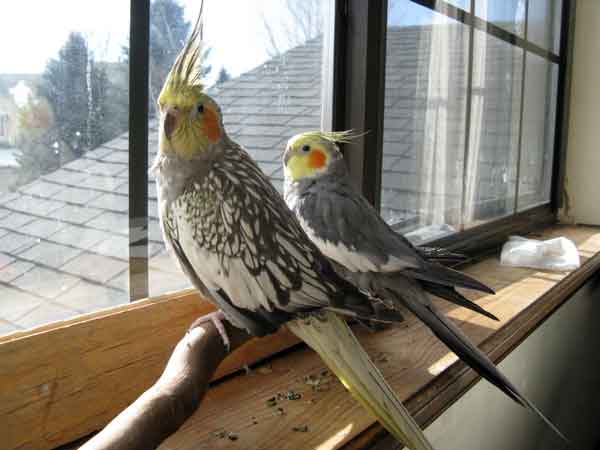
Lice are also tiny, though larger than the mite, where some can reach up to 3mm. They come in many colors, including white, gray, and brownish. They live on the bird’s feathers, where they lay eggs and multiply.
Most parasites are active at night when lights are off and the host is supposedly asleep. During the day, when the pet is awake, the pests hide under the wings or in the cage’s crevices waiting for the night. While some types are easier to exterminate, some have a condition called antimicrobial resistance, which is becoming difficult to treat.
Symptoms: How Do I Know If My Cockatiel Has Mites or Lice?
Every bird lover should be able to tell when parasites infect their birds. Since some symptoms resemble normal activities, it makes it difficult to tell them apart. Below are some symptoms that can help you know if your cockatiel has mites and lice.
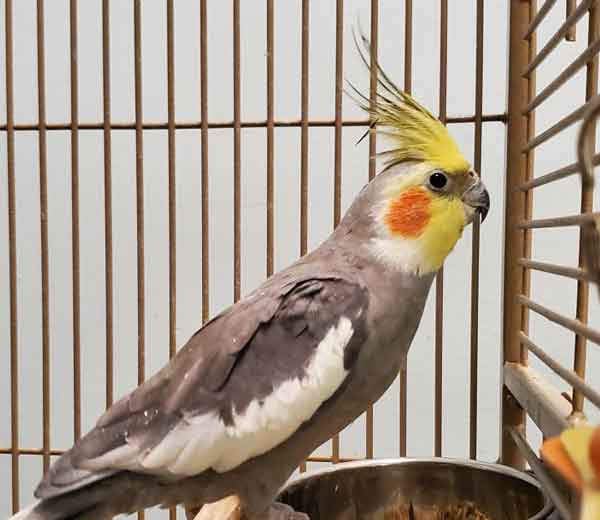
1. Excessive Preening
Preening is a normal activity by cockatiels to spread the preening oil and tidy themselves. However, birds infested by mites will also preen, but more frequently, even at odd times like feeding. If your cockatiel is preening and fluffing all night, it’s likely infested.
2. Scaly beak and feet
Some parasites, like the scary face mites, will burrow into your cockatiel’s beak and feet. These will result in the formation of crusts, which will grow as the infestation intensifies.
3. Discomfort
Due to the constant itchiness, the bird will appear restless, as it will be scratching more all the time. Also, because parasites attack at night, your cockatiel might not get enough sleep, making them sleep during the day. The discomfort may grow into frustration, and your feathery friend might bite you when you pet it.
4. Sneezing
Though most parasites attack the birds externally, some attack them from the inside. Air sac mites are some of the internal parasites that get into your pet’s breathing system, either on their lungs, trachea, or alveolus. They make it hard for the pets to breathe, making them sneeze and wheeze as it tries to clear them off. However, your bird might be suffering from other respiratory problems like rhinoliths, which affect psittacine birds.
5. Feather damage
Lice, among other parasites, hide on the cockatiel’s feathers and feed on them. You can notice the feathers rearranging even after the bird preens and bathes. Affected cockatiel looks untidy, and sometimes you might spot fallen feathers on its cage.
Causes: How Do Cockatiels Get Mites and Lice?
Since captive birds live among the owners in clean environments, how they get parasites is controversial. However, since not all causes are related to the environment, your feathery friend is still in danger. Below are ways your cockatiel might attract mites and lice.
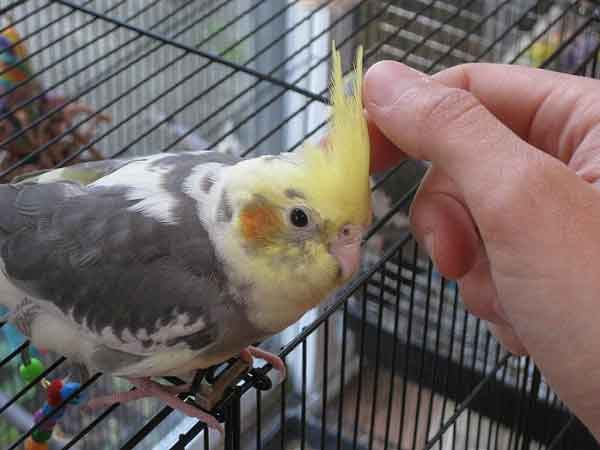
1. From Affected Birds
Your cockatiel can attract mites and lice from the other affected birds. Since these parasites can’t fly, they can get to your feathered friend if it gets too close to the affected one. If a host bird dies or vacates, the parasites move too, looking for a new host.
2. Environment
A dirty environment is a good source of pests like mites and lice. If you fail to clean their cage regularly, your pet birds will soon get infested and sick.
3. Owners
Owners who like petting any pet they come across might attract and carry mites in their clothes. While later petting their birds, the pests will then infest them.
4. Water
Your cockatiel can get parasites from contaminated drinking water. Use antibiotic to keep its water and food safe.
What Effects Do Mites and Lice Have on Cockatiels?
Mites and lice can affect your cockatiel in many ways, either physically or emotionally. Despite being almost microscopic, pests’ damage is huge, especially on little birds like cockatiels. Mites and lice have the following effects on your cockatiel:
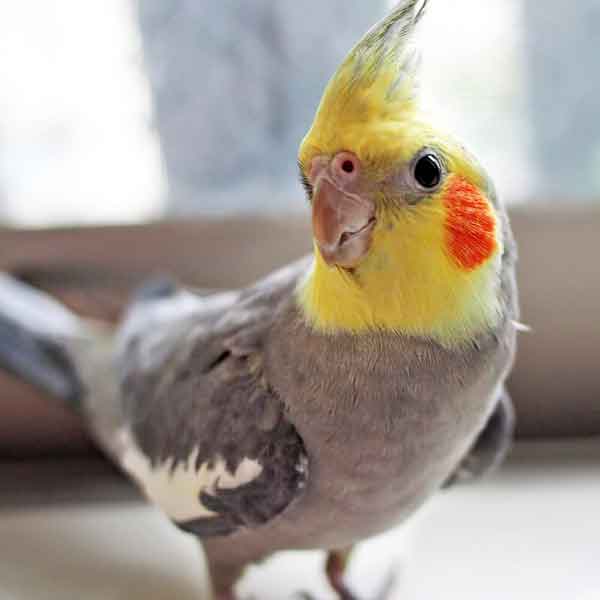
- Mites like scaly-face can destroy your cockatiel’s beak, resulting in amputation. Most amputated beaks result in a tumor that can kill them.
- Infested cockatiels can get stressed and depressed due to constant itchiness. This can interfere with their sleep, feeding, and eating habits, resulting in a totally changed bird.
- Severe infestation can paralyze your pets’ feet, especially if infested by scaly leg mites.
- Some species can suck too much of your pet’s blood resulting in anemia. The bird will require immediate medical attention, or the bird risks death.
- If untreated can cause death to young chicks, who have a weaker immune system. A sick bird is likely to be overwhelmed and killed by a severe infestation.
The worst thing about mice and lice attacking your cockatiels is that they multiply quickly. They lay their eggs on your cockatiel’s feather shafts, hatching into more parasites. If you fail to check your pet bird often, the parasites will keep multiplying and may also find their way into your home.
How To Treat Mites and Lice in Cockatiels?
After realizing your cockatiel is infested, the first step is to take it to an avian vet. Carry its cage along so the vet can eradicate any parasite from it. Typically, you will get a prescription for an insecticide based on the type of pest on your pet.
You can use a spray solution for extermination, but not one with a chemical substance that is harmful to your pet. Use permethrin spray, which is natural and less likely to irritate your cockatiel. You can also apply dust insecticide under its wings, the popular dust powder being carbaryl dust.
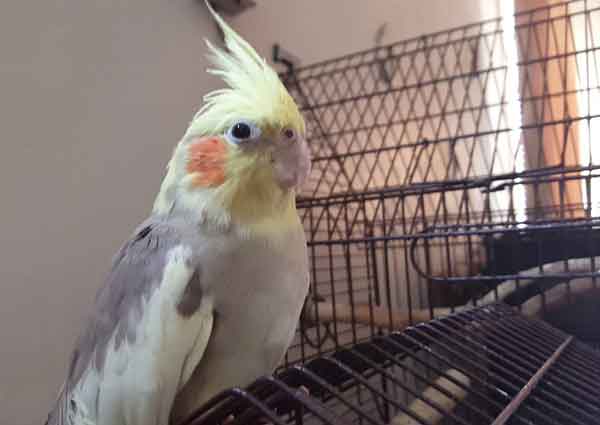
Antiparasitic medication, like ivermectin for birds, is used to clear bacteria and blockage caused by air sac mites. They can ingest the medicine through drinking water or get an injection shot from a vet. Luckily affected feathers regrow after molting, and if the extermination is successful.
What Home Remedy Kills Cockatiel Mites and Lice?
There are various ways you can help your pet while at home to eradicate mites and lice. However, keep in touch with your vet since some remedies can be toxic rather than helpful. Avoid mite protectors because some contain dangerous compounds like paradichlorobenzene vapors, which are harmful to your pet.
Separate the affected bird from the rest, though if they’re seriously infested, you must treat all of them. A herb like Cymbopogon, also called lemon grass, can be used as an insecticide. Another natural insecticide is made by using an infuser to make coffee grounds.
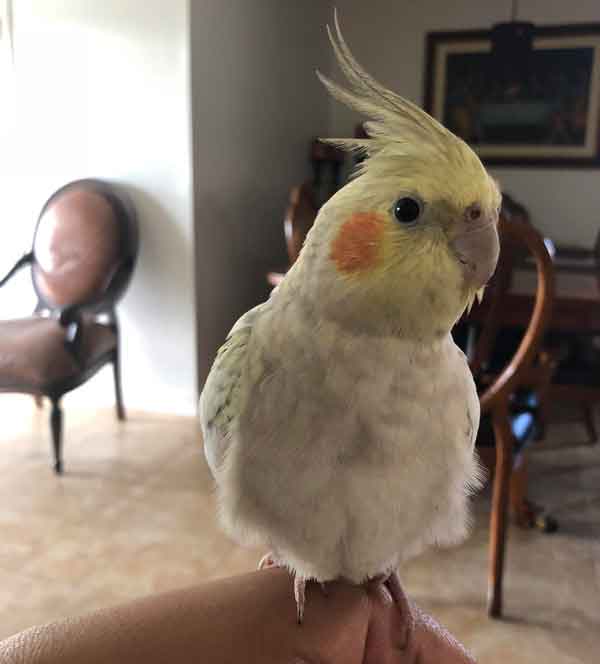
After treating the birds, you must clean their cage to clear any remaining pests. Take the cockatiel cage apart before washing so you can access every joint. Use hot water and vinegar to wash the cage thoroughly.
Change the pet’s nesting area since most pests hide there. Clean the cockatiels’ toys and feeding bowls, along with the cage. However, rinse the item thoroughly to wash the remaining residue to avoid irritation.
How to Prevent Lice and Mites From Attacking Your Cockatiel
Lice and mites are stubborn external parasites to eliminate. It would be better to prevent them from entering your home altogether. We have already looked at the causes of these parasites, making prevention much easier. The first step should be identifying the possible things that could bring them into your cockatiel’s cage.
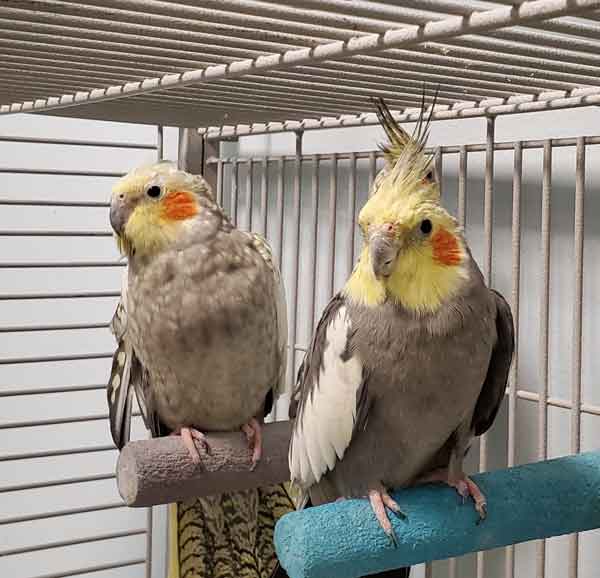
We’ve talked about using a herb like lemon grass to kill insects, and you should also use them for prevention. But not all herbs will work. Some, like gilia tricolor, will not do much in repelling pests. Below are more tips you should employ to avert mites attack on your cockatiels.
1. Clean the Cage Regularly
Maintaining a clean cage is one of the simplest things you can do to keep off mites and lice. These parasites thrive in damp and dirty environments. They may multiply even faster in a dirty cockatiel cage because they feed on feathers and dead skin. When cleaning, focus on any crevices as they hide in them.
2. Keep Your Cockatiel Clean
Cleaning the cage alone is not enough. You also need to wash your bird to keep it clean. Bird lovers often clean their cockatiels, and it’s almost unlikely that such birds will get infested with parasites. Instead of waiting to nit-pick, it is easier and more fun to clean your healthy tiel and save your feathered friend the pain.
3. Watch Your Other Pets Closely
Mites can get into your home in various ways. The people you live with may bring mites and lice or your other pets, as a cat may do. If you notice parasites on your dog, cat, or even on your clothes, you’ve to be extra cautious. Those mites will likely find their way into your cockatiel’s cages and hide under their feather shafts.
What Do Cockatiel Mites and Lice Survive On?
Bird mites mainly survive on the bird host’s blood. Although they also bite and suck blood from human beings, they cannot complete their cycle without bird blood. If you notice any parasites on your tiel, you should act on the case before they lay eggs and hatch.
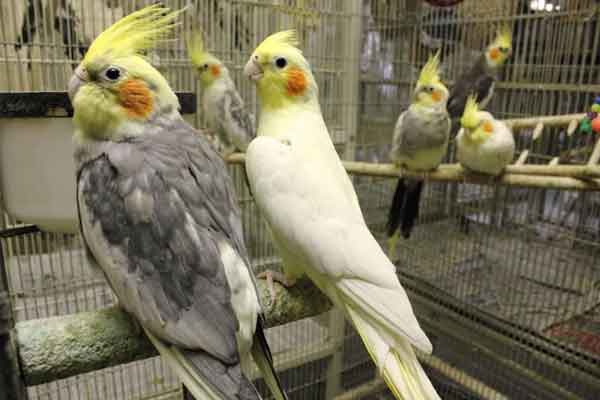
Having an entire generation feed on your poor birds will trigger anemia before you know it. As said, these mites rely on bird blood for their survival. They die if they stay for three weeks without it. This is regardless of whether they suck human blood or not.
FAQ
For most animal lovers, when their pet’s health is on the line, they get worried and troubled. For this topic, the infestations can affect the cockatiel’s health, hence the many questions from owners. To help clear some, below are frequently asked questions and their answers.
Diagnosing and treating an infestation is a hard task for pet owners, so they prefer preventing it. Avoid touching other avian pets, and regularly clean your pet’s cage and toys. Also, don’t let your cockatiel interact with other birds since they might be infested and affect it.
Pests affecting your bird can also be transferred to you while playing. The mites and lice can bite you, though they require an avian host for survival. Human blood can fail to provide the quality they need, and if they don’t get an avian host, they die.
Outro
Cockatiels are beautiful birds who like to play and socialize with their owners. However, some conditions can make the pet depressed or agitated, and this includes parasites. Mite and lice infestation can cause physical and psychological damage to your feathered friend and prove fatal if untreated.
The scaly-face mite is among the mite types that infest a cockatiel, damaging their beaks and feet. Your birds can get these parasites from an infected bird or unhygienic living conditions, among others. Take your pet to a vet if it’s infested, so you can get a prescription for the insecticide you should use.
